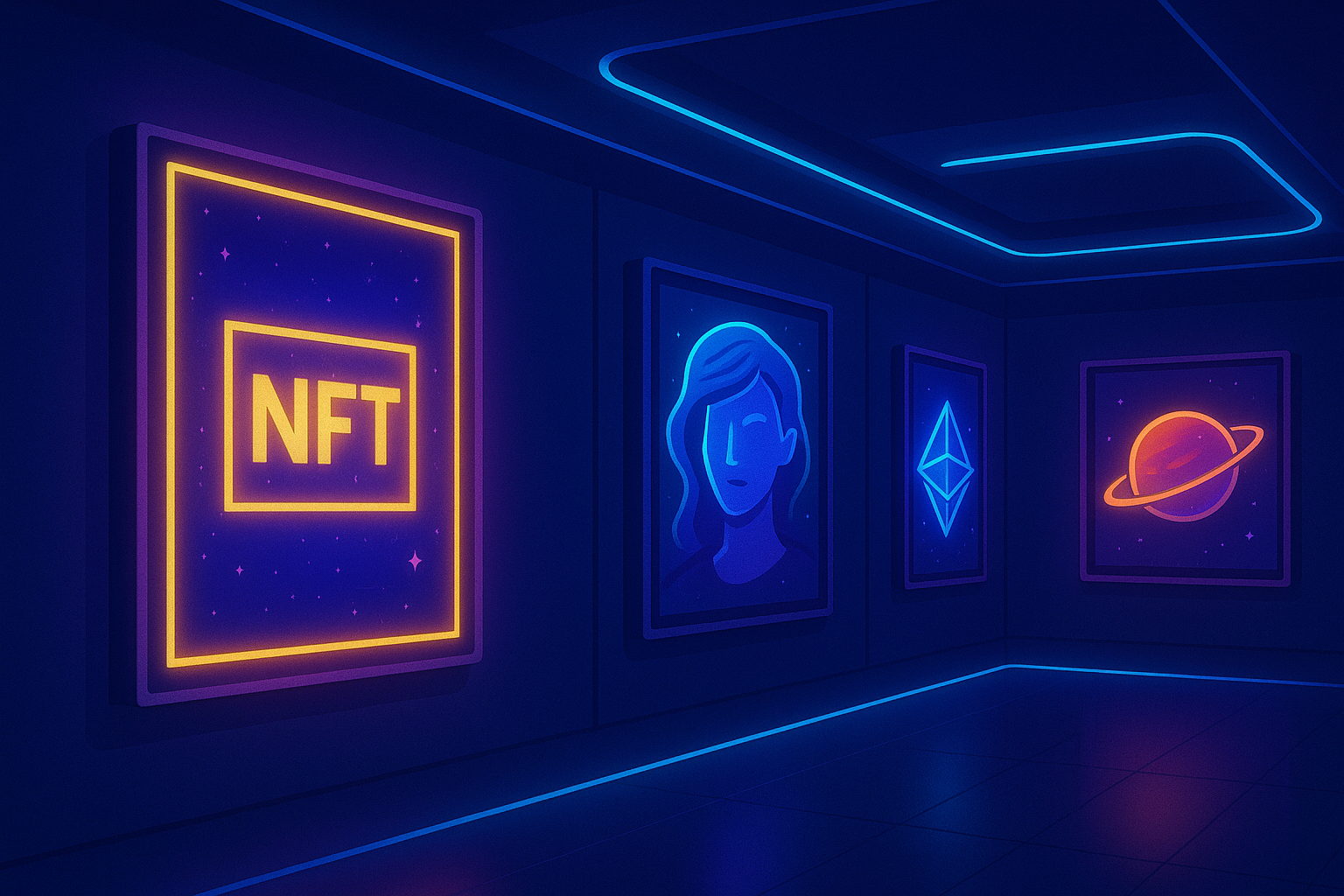NFT Market Rebounds as Digital Art and Utility-Driven Collections Surge

A Market Back on Its Feet
After a prolonged downturn, the NFT market is showing clear signs of revival. Trading volumes across major platforms are up significantly, while creators are launching new collections that blend digital artistry with real-world use cases. This signals a shift away from speculative mania and toward sustainable adoption.
Digital Art Leads the Way
Art remains the heart of the NFT movement. Collectors are increasingly drawn to high-quality, hand-crafted works that embody artistic vision rather than algorithmic repetition. Digital galleries and metaverse exhibitions are thriving, creating new spaces for cultural engagement.
Projects like curated portrait series, interactive AI-driven art, and tokenized collectibles tied to physical merchandise are setting new standards for value in the NFT ecosystem.
Utility-Driven NFTs Gain Traction
The rise of NFTs with practical functions is reshaping the industry. Membership tokens granting access to exclusive communities, NFT tickets for events, and tokenized real estate deeds are expanding the definition of what an NFT can be. This trend is attracting investors who want assets that offer both aesthetic appeal and tangible benefits.
Such use cases also bridge the gap between Web2 audiences and Web3 adoption, making NFTs less abstract and more directly relevant to everyday life.
Market Confidence Returns
One reason for the rebound is increased trust. With stricter market standards, better security, and improved transparency, NFT platforms are regaining credibility. Collectors now view NFTs as more than speculative assets—they see them as a cultural and financial evolution of digital ownership.
At the same time, global economic uncertainty has driven some investors to diversify into alternative assets like digital art, where scarcity and cultural significance offer long-term value.
The Role of Curation and Community
Communities are playing a pivotal role in shaping NFT markets. Exclusive drops, community-driven art projects, and DAO-governed collections are fostering stronger relationships between creators and collectors. This sense of belonging has become just as important as financial return, helping stabilize demand.
Curated platforms that focus on storytelling and artistry, rather than volume-based trading, are attracting serious attention from both traditional art collectors and Web3 natives.
Looking Ahead
The NFT market of 2025 is no longer defined by quick profits—it is evolving into a mature ecosystem where digital art, culture, and utility converge. With artists pushing creative boundaries and communities driving adoption, NFTs are cementing their place as a lasting component of the digital economy.
The rebound is not simply a return to form; it is the beginning of a new chapter where NFTs become integral to how people create, collect, and connect in Web3.
Comments (2)
Web3 Reader
June 16, 2025
Very informative article! I agree that Bitcoin ETFs are a game-changer.
Crypto Enthusiast
June 16, 2025
I wonder how regulations will affect adoption in developing countries.